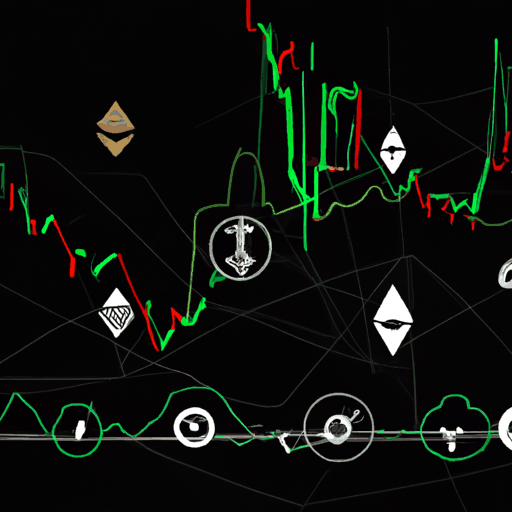
Advanced Scalability Techniques in Solana's Blockchain Architecture
By: Eva Baxter
Solana has recently garnered attention with its impressive demonstration of processing over 100,000 transactions per second (TPS) during a stress test. This achievement highlights Solana's architectural strengths, focused on maximizing single-chain performance and validator efficiency. However, the transactions in the test were "no-operation" program calls, not involving real transfers or complex state changes, representing the theoretical upper limits rather than sustainable TPS for regular operations.
The emphasis on scalability involves unique components like the Firedancer validator client, developed by Jump Crypto, which has surpassed one million TPS in testnet environments. The core strategy also includes architectural modifications such as decoupling execution from the consensus process and integrating localized fee markets to alleviate congestion issues. Notably, Solana's approach contrasts with other blockchain networks which often rely on rollups or modular frameworks to enhance capacity.
The advancements in Solana are paving the way for supporting high-frequency applications like real-time gaming, decentralized exchanges, and on-chain auctions. The innovations not only improve throughput but also catch the attention of corporate and governmental bodies, potentially influencing long-term financial strategies like treasury management.
Further implementation of Firedancer and additional innovations in the mainnet will be crucial for Solana to transform these test milestones into tangible, real-world applications. As the race for offering scalable blockchain solutions intensifies, Solana's unique approach stands out, though it still faces the challenge of translating these advancements to a production-grade environment.
For more details, refer to the original article.



